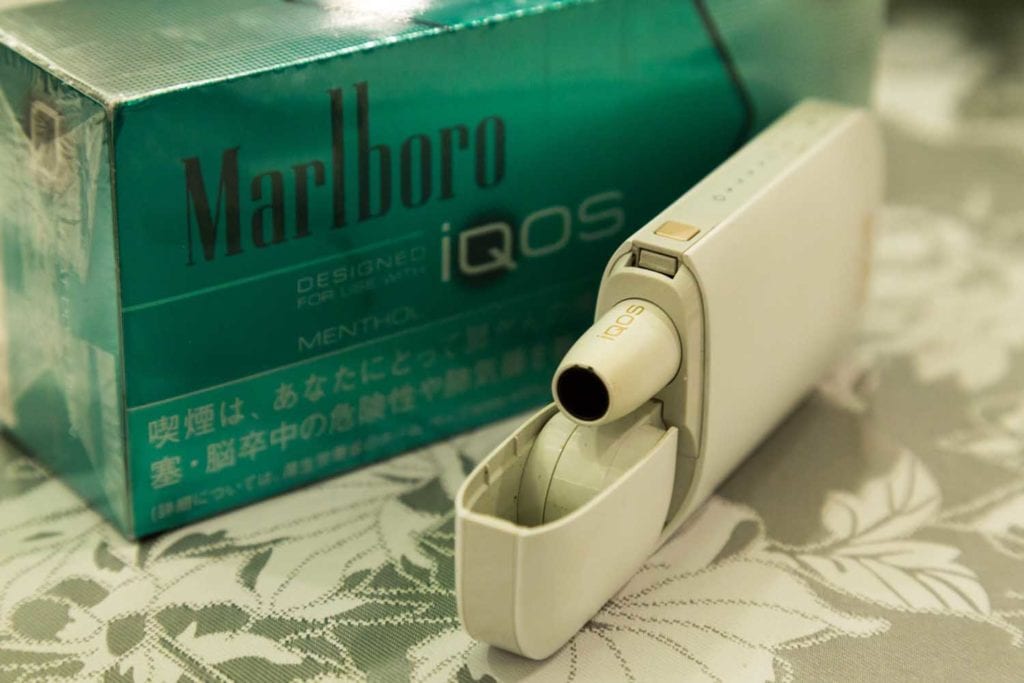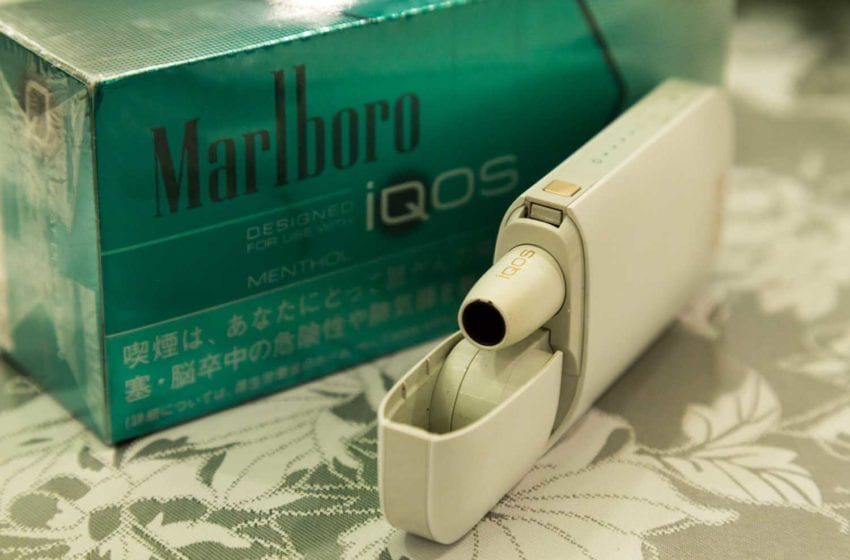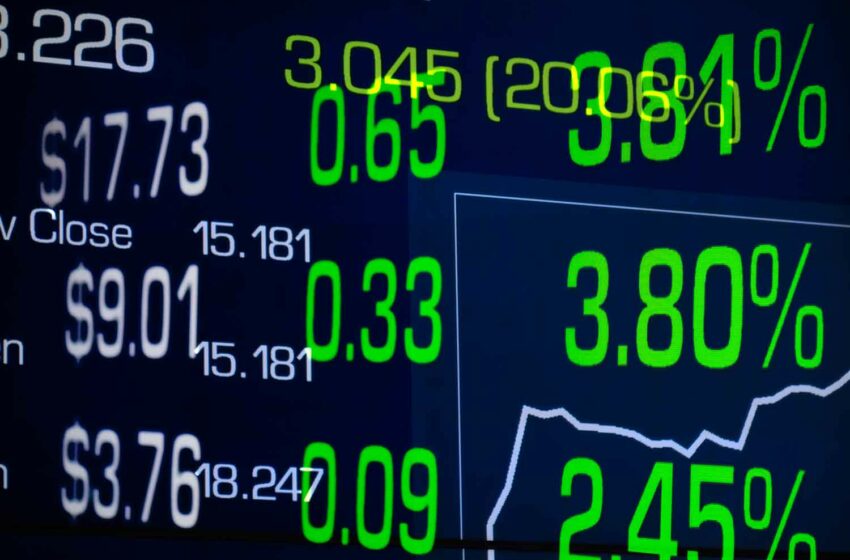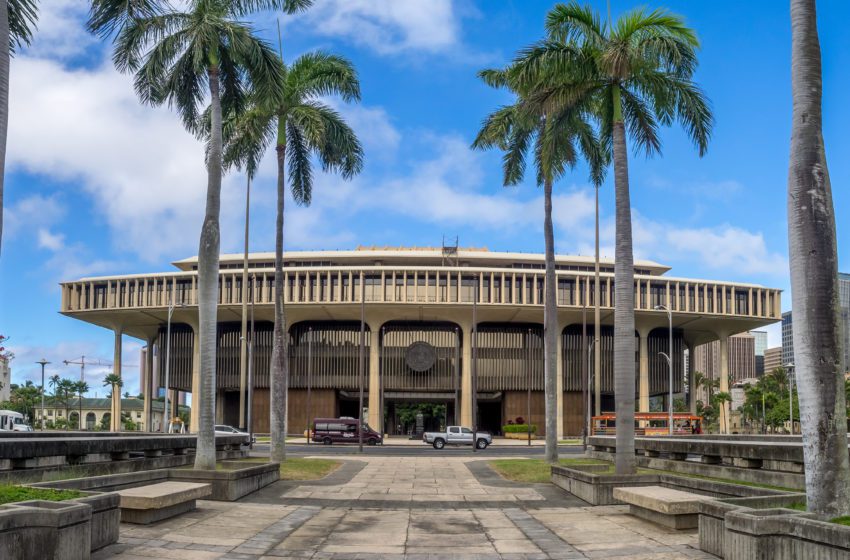
South Korea and Japan, the world’s leading heat-not-burn markets, have different views on the technology’s potential for tobacco harm reduction.
By Stefanie Rossel
Six years after Philip Morris International’s (PMI) IQOS device hit the shelves, Japan and South Korea are the world’s two leading markets for heated-tobacco products (HTP). Euromonitor International valued Japan’s HTP market at $8.59 billion in 2019, up from $7.76 billion in 2018. South Korea’s HTP market totaled $1.61 billion in 2019, up from $1.53 in 2018 and more than $1 billion above third-ranking Italy. In contrast to South Korea’s overall tobacco sector, which is expected to grow only modestly through 2023, the country’s HTP market may increase by 21 percent annually to reach $4.4 billion, according to Euromonitor.
That South Korea followed in the footsteps of Japan surprised few. Both countries are perfect breeding grounds for high-tech reduced-risk tobacco products. Before the arrival of HTPs, their tobacco markets were dominated by combustible cigarettes. Both nations are health-conscious and tech savvy, sporting a love of gadgets. And both are economic powerhouses. With a population of 51 million, South Korea is the world’s 11th largest economy; Japan (population: 126.5 million) ranks third behind the U.S. and China. Both cultures value discretion and politeness, meaning that smokers are keen to avoid disturbing others, for example with secondhand smoke.
There are, of course, differences between the two markets. Japan has often been cited as a special case in its rapid adoption of HTPs as there is little competition from other reduced-risk products (RRPs). Nicotine-containing vapor products are banned in Japan.
Nonetheless, South Korea’s smokers eagerly embraced HTPs when they entered the market in 2017. Three types of electronic nicotine-delivery systems (ENDS) are sold in the country: e-cigarettes, HTPs and a hybrid product combining elements of both. Although e-liquid vapes were introduced earlier, HTPs quickly became much more popular. According to The Korea Herald, HTPs represented 13.5 percent of the country’s tobacco market in 2019 while e-cigarettes had a share of 4 percent. By comparison, the share of HTPs in Japan, where the products have been on the market since 2014, was estimated at 23 percent in 2019.
In both countries, the HTP market is dominated by first-mover IQOS although other players have joined the race over the past few years. In Japan, IQOS held 17.7 percent of the country’s tobacco market in the first quarter of 2020. Other products include Glo (British American Tobacco) and Ploom (Japan Tobacco).
In South Korea, HTPs include IQOS, Glo and KT&G’s Lil. With an estimated 50 to 60 percent, IQOS has the largest slice of the market.
Japanese success
South Korea appears to offer even greater potential for lowering the overall smoking rate than Japan. Smoking is predominantly a male habit in South Korea, and although prevalence has slowly fallen over the past decades, it is still high compared with the Organization for Economic Cooperation and Development average of 23 percent. According to statista.com, 40.6 percent of male adults in South Korea smoked in 2018 whereas the figure for female smokers was 6 percent according to the most recent available data, from 2017. In total, the average smoking prevalence stood at 21.7 percent in 2018, down from 26.1 percent 10 years earlier, according to a study by the Korea Centers for Disease Control and Prevention.
Until it became a testing ground for HTPs, Japan had similar figures. The share of men smoking decreased from 50 percent in 2001 to around 25 percent in 2018, with about 10 percent of Japanese women smoking, according to japan-guide.com. While sluggish at first, the decline accelerated spectacularly after the nationwide introduction of HTPs in late 2015. A study published in May 2020 on behalf of the Coalition of Asia-Pacific Tobacco Harm Reduction Advocates (CAPHRA) based on data from the Tobacco Institute of Japan and PMI confirmed that the remarkable reduction in combustible cigarette sales was triggered by the entry of HTPs.
David Sweanor, a professor at the Faculty of Law of the University of Ottawa and one of the study’s authors, calls Japan a success story in tobacco harm reduction. The Japanese experience, he says, proves how consumers’ interest and the regulatory environment shape markets. While Japanese regulations precluded alternatives to combustible cigarettes, such as nicotine vapor products, HTPs generated huge interest among smokers in Japan.
“As more [smokers] adopted the alternative, they helped speed switching by others,” says Sweanor. “I think this gives us an indication of just how much more rapidly countries could reduce cigarette use if there were many different low-risk alternatives available and policies and public education campaigns facilitated a widespread move away from [combustible] cigarettes. We have seen the most rapid decline in cigarette sales ever witnessed in a major market. A third of the cigarette market was gone in a remarkably short period of time, and this was accomplished with a noncoercive measure. People who smoke cigarettes were simply provided with a viable alternative.”
Sweanor insists there now is evidence that a range of low-risk products could help rapidly achieve the smoking rate targets of the World Health Organization’s (WHO) sustainable development goals. “To seek to ban or limit access to such products protects the cigarette industry rather than public health,” he says.
RRPs are the most disruptive influence on smoking in decades, according to CAPHRA Executive Director Nancy Loucas. In northern Asia, HTPs are the most popular form of safer nicotine products, she says. “So it is very disheartening that countries in Asia Pacific, like Korea and the Philippines, are looking to either ban and/or reduce access and choice of all forms of tobacco harm-reduced products for their smoking citizens.”

Different stance
South Korea’s government, however, turned out to be less receptive to the harm reduction potential of HTPs than Japanese authorities. In June 2018, the country’s ministry of food and drug safety announced the results of its own study of HTPs, claiming that five cancer-causing substances had been found in the products, with the level of tar in some of them exceeding that of conventional cigarettes. The public health agency also ruled out that HTPs could serve as smoking cessation tools if they produced similar levels of nicotine as traditional cigarettes. The announcement sparked a legal battle with PMI and an ongoing conflict between tobacco manufacturers and South Korea’s government over the latter’s attempts to impose stricter regulations on HTPs.
The product category also saw a significant tax hike. Unsure about how to treat HTPs, regulators initially taxed them at half the per-pack rate of combustible cigarettes and required them to carry a dedicated health warning featuring a syringe. After category growth and a WHO recommendation, the government increased the tax rate to 90 percent of that of cigarettes and changed the warning labels to match those of traditional cigarettes.
KT&G in January 2020 announced an agreement with PMI for the distribution of three HTPs and a vapor product outside of South Korea. Although the target markets have yet to be revealed, Japan is likely to be among them as it accounts for more than 90 percent of the global $5 billion HTP market, according to Euromonitor. And the category is expected to grow further in the country. The Japanese Ministry of Health, Labour and Welfare’s 2018 National Health and Nutrition Survey, which was published in January 2020, found that 30.6 percent of Japanese male current adult smoker and 23.6 percent of Japanese female current adult smokers were already using HTPs.














